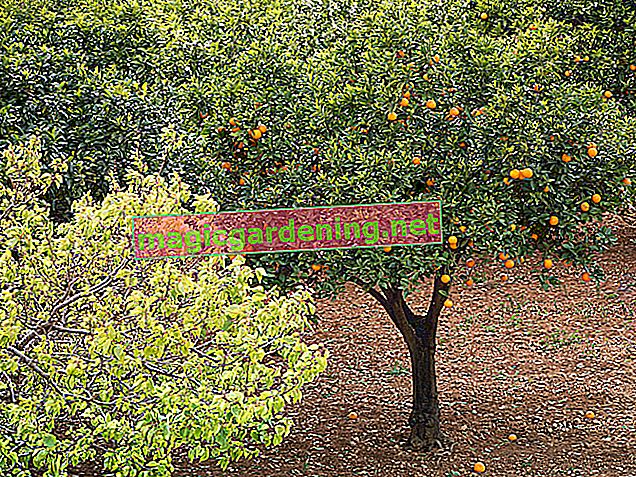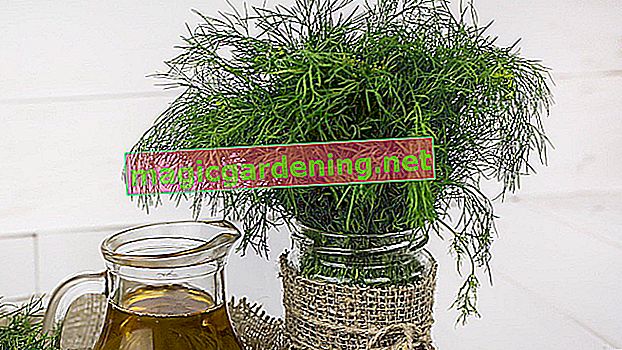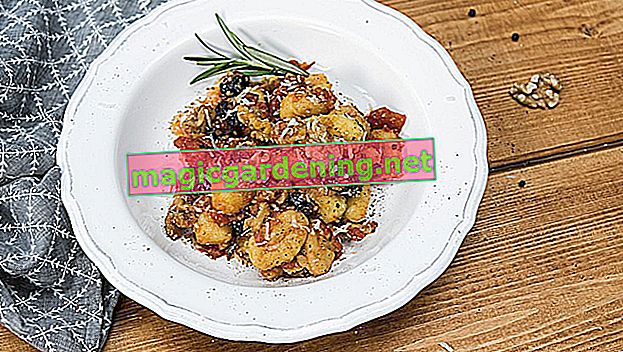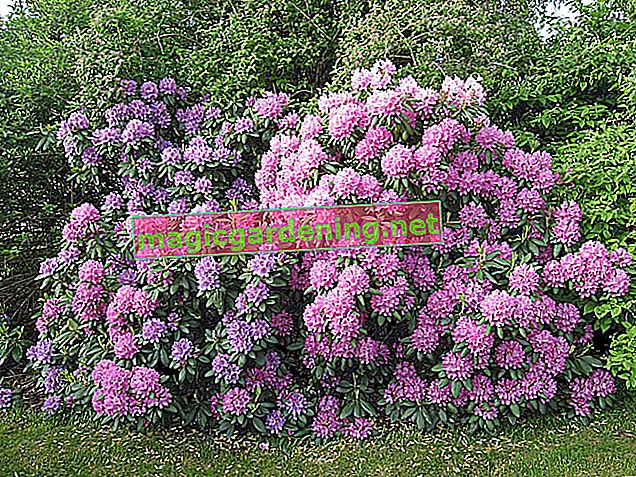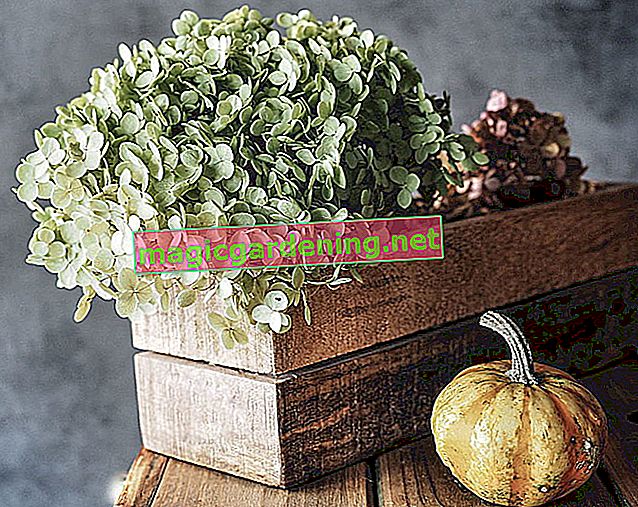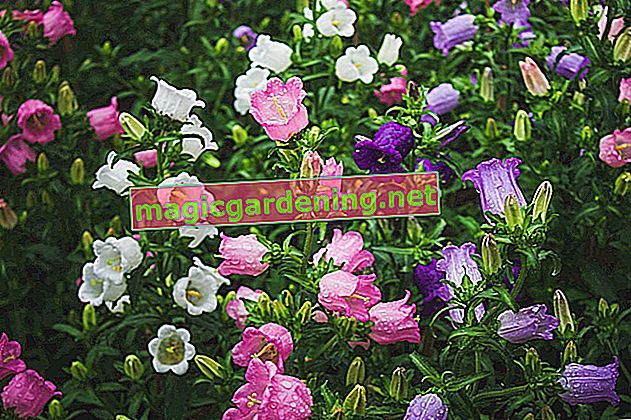
Proper pouring
In order for the nasturtium to grow luxuriantly and tendril, it needs plenty of water. Nevertheless, waterlogging should be avoided, because she doesn't like it at all. Giving a lot of fertilizer may be well-intentioned, but it only causes the nasturtium to form numerous leaves and hardly bloom. A little compost in the spring is sufficient.
also read
- Is the nasturtium poisonous?
- How long does nasturtium take to germinate?
- Can you freeze nasturtiums?
Nasturtium in winter
Nasturtiums are not hardy. Often it is only grown as an annual. If the first frost freezes them, they have to be re-sown next spring. However, you can also let your nasturtiums overwinter in a frost-free, light location. However, you need a lot of space for this. It is especially worthwhile for special varieties or for container plants.
If you would like to have the same variety of nasturtium in the next year but cannot offer it a suitable winter place, then collect seeds of this plant and sow them in spring or plant cuttings. Cuttings are practically clones, while seeds are not identical to the mother plant.
Diseases of the nasturtium
The aphid is the greatest enemy of the nasturtium, and it suffers greatly from this. The cabbage white caterpillar is also very hard on her. You can also control both of them biologically so that you can still eat the nasturtiums later.
Harvesting the nasturtiums
The nasturtium can be used in many ways. You can enjoy the dug up tuber cooked. You can harvest the young leaves and add them to your salad as a spicy addition or as a topping on bread. The decorative flowers are also edible and are ideal for preparing a flower butter, as an edible decoration for a buffet or for salads.
The nasturtium buds are often used as a substitute for capers. To do this, boil the washed buds in a broth of vinegar, water and salt and pour this mixture into a clean jar while it is still hot. You close this tightly immediately, then the “wrong” capers will keep for a few months.
You can also pickle the flowers of the nasturtiums in vinegar to make them more durable. However, these are not cooked, but pickled raw. Make sure that the flowers are completely covered with vinegar to prevent them from going moldy. Use a mild apple cider vinegar, it goes well with the taste of the delicately spicy flowers.
The essentials in brief:
- water abundantly
- Avoid waterlogging
- Big need of space
- Climbing aid
- not hardy
- Edible leaves, tuber, buds and flowers
Tips & Tricks
If you use parts of your nasturtiums in the kitchen, then you do not use chemical pesticides.
UE

